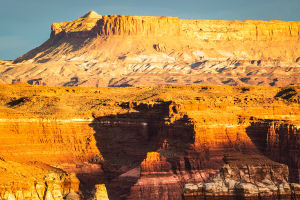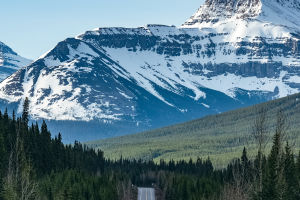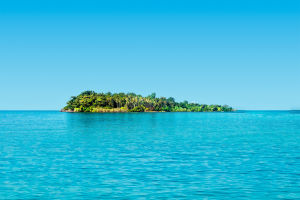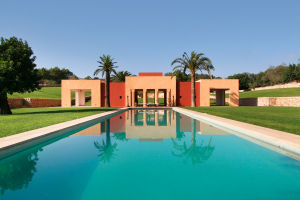
Welcome, Lykkers! If you're looking for a mesmerizing adventure through one of the most photogenic landscapes in the American Southwest, Antelope Canyon is calling.
Located near the town of Page in Arizona, this stunning geological formation is known for its narrow passageways, wave-like rock formations, and the play of sunlight filtering through the sandstone walls. Let’s explore the key features, differences, and tips to fully enjoy this magical destination.
Two Separate Canyon Experiences
Upper and Lower Sections
Antelope Canyon is divided into two distinct parts: Upper Antelope Canyon and Lower Antelope Canyon. Both are close to the town of Page, which offers convenient accommodation options and serves as a starting point for visiting nearby natural attractions like Lake Powell.
Lower Antelope Canyon is easily reachable by car and sits just outside the town. It is located near a recognizable power station. The Upper section, on the other hand, is generally accessed via guided tours that include a short journey over sandy terrain in an off-road vehicle.
Differences Between Upper and Lower Antelope Canyon
Unique Features of Each Canyon
While both sections are stunning, they offer different experiences. Lower Antelope Canyon is known for its adventurous layout, with narrow passageways, steps, and some elevation changes.
Visitors often navigate metal staircases and tighter turns. Upper Antelope Canyon is shorter, with a flat path, making it easier to walk through.
One notable difference lies in the flow of the tour. The Lower Canyon has an entrance and exit at different points, while the Upper requires guests to return the same way, giving two opportunities to observe the formations along the route.
Light Beams and Best Time to Visit
Both canyons are most popular around midday when sunlight beams enter through openings at the top, creating a surreal and colorful light display. These beams are especially prominent in the Upper section, making it a favorite among photographers.
Due to high visitor demand, it is strongly recommended to book tickets online well in advance, especially for tours around midday.
Photography in Antelope Canyon
Visitors enter in small guided groups. Solo exploration is not allowed, and there is limited time to stop or linger in one spot. Cameras are permitted, but backpacks and tripods are typically restricted unless participating in a dedicated photography tour.
The Upper Canyon, in particular, can get crowded as groups traveling in both directions often intersect. The Lower is more linear and feels less congested in that regard.
Standard vs. Photography Tours
For casual visitors, standard tours offer a great way to experience the canyon’s beauty. However, for those interested in capturing high-quality photos, a photography tour is highly recommended. These tours allow the use of tripods and small camera bags, and they generally include fewer people per group.
Photography tours also provide more time inside the canyon, often 30 to 40 minutes longer than regular tours. The guide may assist in creating effects such as suspended sand to enhance the light beams, and help manage crowd flow to ensure clear shots.
Essential Photography Tips
A wide-angle lens is essential due to the confined spaces. A lens like a 10-24mm on an APS-C camera works well. Avoid changing lenses inside the canyon due to the dusty and sandy conditions. Bring a protective filter for your lens and carry a soft cloth for occasional cleaning.
Using exposure bracketing is helpful in managing the intense contrasts created by the sunlight and shadows on the rock surfaces. This method allows for better post-processing flexibility, ensuring details are captured both in the highlights and shadows.
What to Wear and What to Expect?
The inside of the canyon can be cooler, especially during the early months of the year, so dressing in layers is advisable. The journey to the Upper Canyon often involves a ride in an open vehicle over sandy ground, which contributes to the dusty experience. Light-colored clothing may change appearance due to the fine red dust, so wearing darker or older garments is a good idea.
Final Thoughts
Antelope Canyon stands out as one of nature’s most captivating sculptures. With its flowing rock walls and dramatic lighting, it offers a truly unforgettable experience for travelers and photography enthusiasts alike. Planning ahead, choosing the right tour, and bringing the proper equipment can make all the difference.
Lykkers, if you're chasing beauty in nature, this destination delivers magic in every twist and turn. Let Antelope Canyon inspire your next journey into the heart of Arizona’s landscapes.


